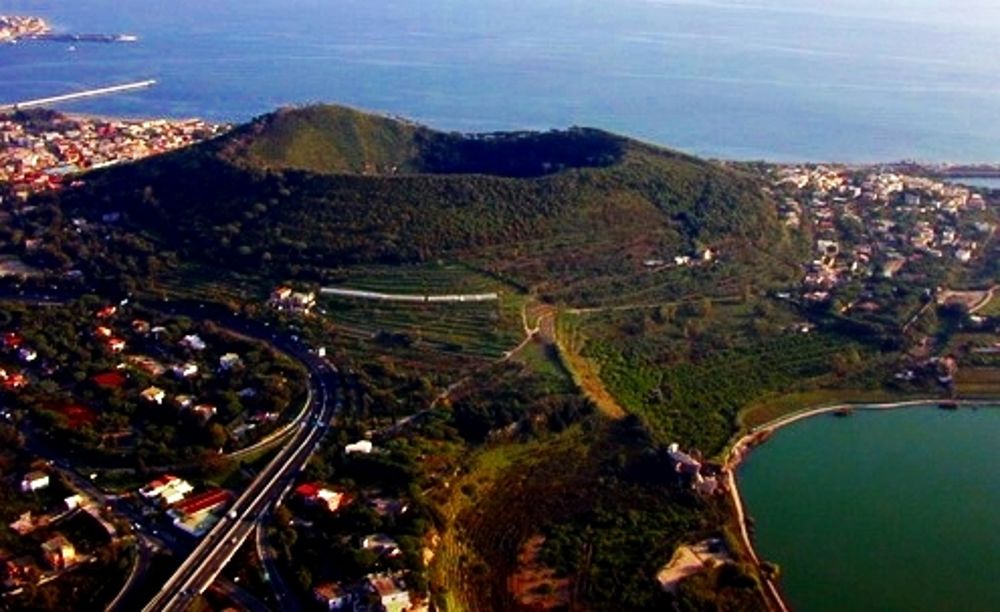Itinerary
Paestum
Stop 01
The original Greek name of Paestum, was Poseidonia, it was one of the richest towns of Magna Grecia, Poseidonia was founded by Greek settlers from Sibari at the beginning of the 6th century .C., in 273 B.C., it was conquered by the Romans, who further enriched it with monumental buildings: the forum, the thermal baths and the amphitheatre. In the 5th century A.D., Paestum became a diocese, but was evacuated in the 7th century, when malaria infested the whole plain. In fact the Sele Plain, a swampy area, was a general, source of infection, so, the population fled to a nearby hill, where they built a new town, today remembered by the name of Capaccio Vecchio. After being abandoned, Paestum and
its temples were forgotten until their rediscovery in the 18th century.
Today, the Paestum temples represent the most important testimony to Ancient, Greek culture, in Italy.
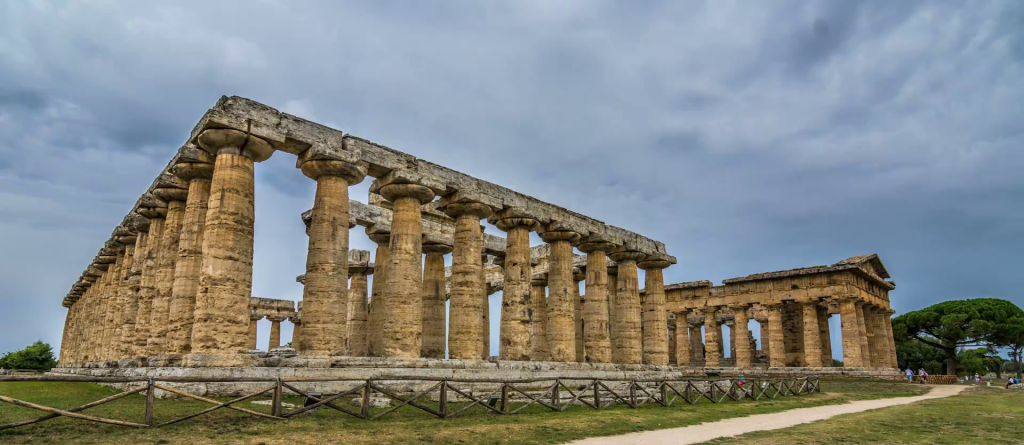
Velia
Stop 02
The ancient, Greek town of Elea, later called Velia by the Romans, was founded in 540 A.D. by Phocaeans, fleeing from Persian occupation and slavery. This population built a temple, probably in honour of Athena, then began commercial, fishing and navigational activities, they thrived economically while maintaining an excellent relationship with the native population.
Not far from the sea and easily defendable, ancient Elea enjoyed an excellent position, but her real claim to fame comes from the renowned, pre- Socrates, Eleatic School of Philosophy, which was founded by Parmenides and his disciples, Zeno and Melisso di Samo, at the beginning of the 5th century B.C. The panorama from the ”Porta Rosa” is not to be missed! Constructed in the middle of the 14th century B.C. at a very narrow point of a natural gorge and named after the discoverer, Mario Napoli’s wife, it joins the northern and southern quarters of the town. Even today, this archway is considered to be one of the oldest examples, if not the oldest, of this type of architecture.
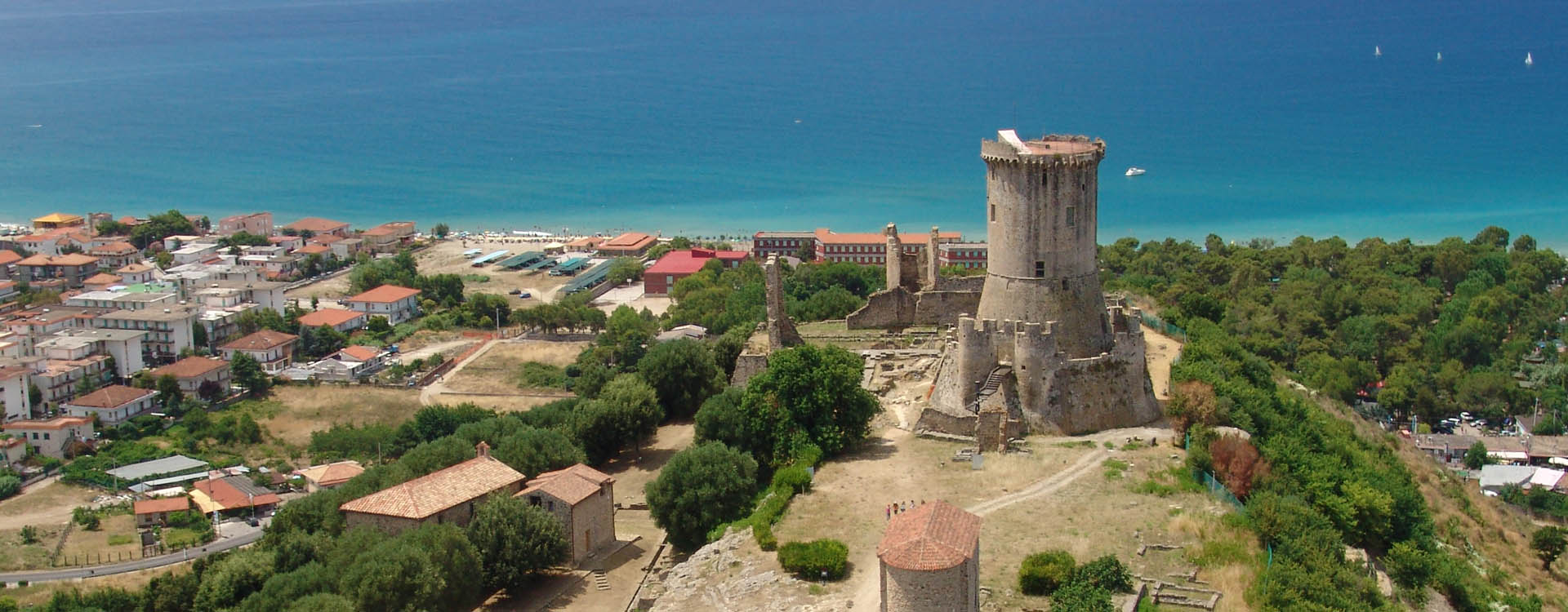
Pompei
Stop 03
Charles III organized the excavations of Herculaneum (1738) and Pompei (1748) then, in 1754, ancient Paestum was discovered, so in the 18th century, the “Grand Tour” travellers were attracted and the areas around Naples became irresistible stops for illustrious intellectuals and artists. The history of Pompei evolves under the shadow of Vesuvius. The volcanic eruption in 79a.d. did not only destroy a vivacious, flourishing city, but also a refined culture, that had begun with the foundation of Pompei in the 7th century B.C.
The remains of the houses, gardens, temples and villas, decorated with prestigious frescoes, many still to be seen today, bear witness to the grand past of the Roman city.
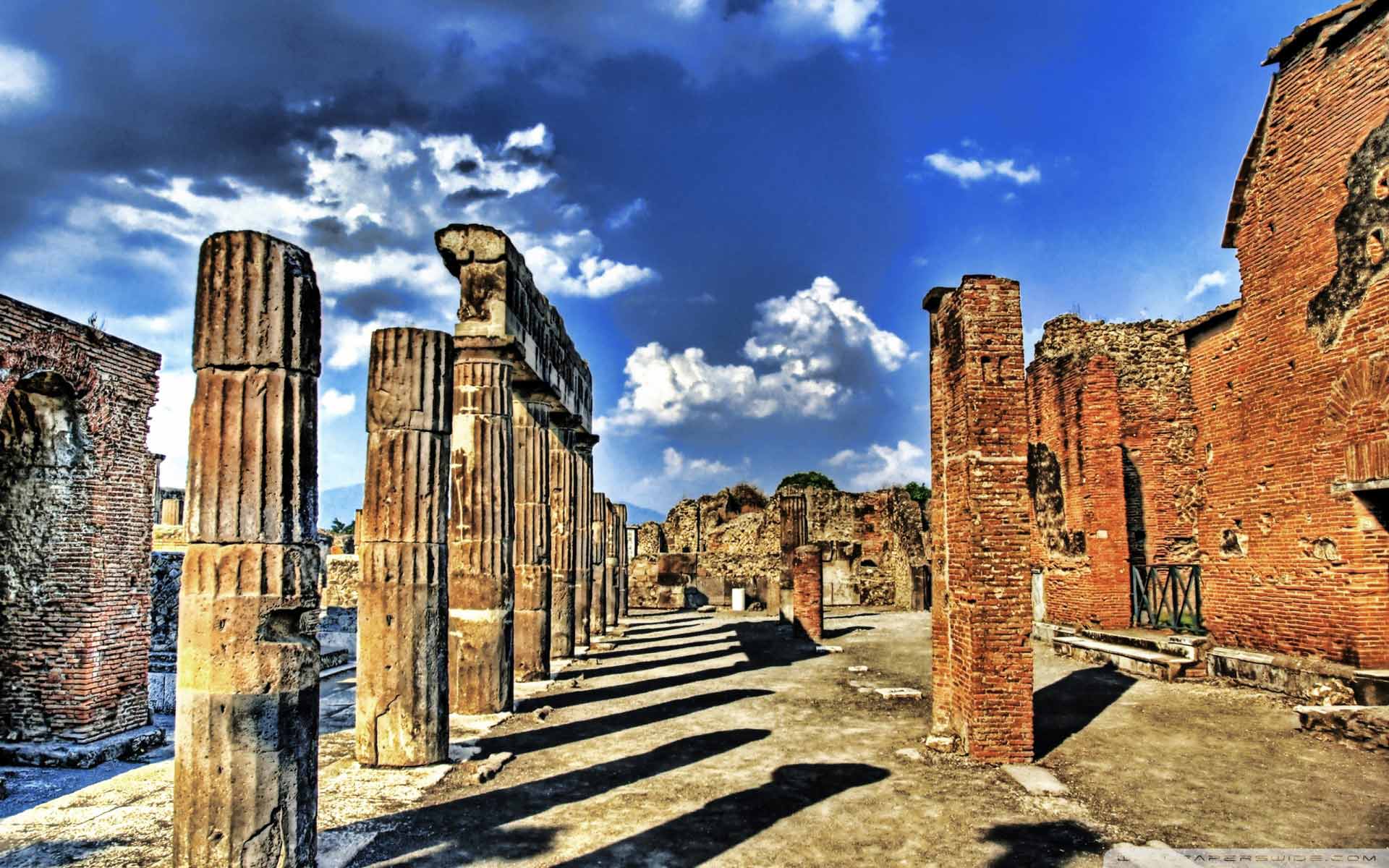
Torre Annunziata - Herculaneum
Stop 04
Torre Annunziata, a few kilometres from Pompei, is not only known for being the starting point of the climb up to Vesuvius, but also for the Villa Oplontis, built in the 1st century B.C. Herculaneum is found by continuing along the road toward Naples. As vivacious Pompei was important from religious, economic and cultural, points of view, Herculaneum was the chosen summer residence of the rich, noble families; Patrician villas with opulent decoration and attractive centres, dedicated to sport and games, characterize the ancient Roman city. With the 79a.d. eruption of Vesuvius, all the splendid villas, enriched with mosaics, frescoes and artistic carpentry, were buried by a dense layer of mud, but it is thanks to this very layer, that most have been preserved over the centuries. Today it is possible to admire a selection of most of these treasures in the archaeological museum in Naples.
In Herculaneum, the “Casa dell’Atrio a Mosaico”, constructed with almost modern, architectural principles, has remained remarkably intact; the “Casa del Tramezzo di Legno” on two floors and the “Casa dei Cervi” whose mosaic floors illustrate deer being assailed by dogs, are all “not to be missed” venues.
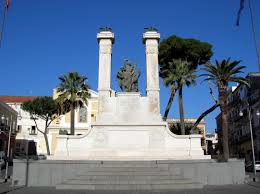
Campi Flegrei
Stop 05
This ancient region, characterized by a continually active volcanic system, was a favourite stopping place among the lovers of art and culture heading southward, with the “Grand Tour” of the 18th century. Cuma the main Greek colony on the mainland of Italy, founded by the ancient Greeks in the 8th century B.C. and later, the new city of Partenope, or Neapolis, or today, Naples.
The Campi Flegrei, with the Flavio di Pozzuoli amphitheatre, the solfatara - a dormant crater, the temple or Serapea, the Rione Terra, where today, an intense recovery programme is concentrated, The Archaeological Museum of the Bay, and the excavations with their “Grotto of Sibilla” Cumana … If, the Campi Flegrei is the region of the destiny of all ancient poets around paradise and hell, as Herder defined it, then Johann Wolfgang Goethe’s visit on the first of March 1878, during his “Journey to Italy”, was a trip “under the purest sky, over the most treacherous earth” and the sight of the Solfatara gave rise to his thoughts of “the changing courses of nature and history”.
